Petrochemical Restructuring Stalls, Vertical Integration Falters Amid Rising China Risk
Input
Modified
Divergent Stances Between Petrochemical and Refining Firms Business Overhaul Stuck in Deadlock Fears of Losing Market Leadership Once Recovery Comes
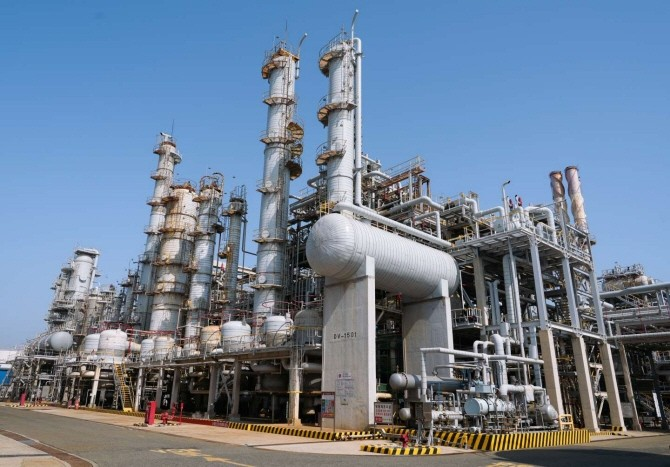
The petrochemical sector, battered by supply gluts from China and the Middle East, is still adrift nearly a month after pledging to present restructuring plans by year-end. While vertical integration between petrochemical and refining companies has emerged as a strategic direction for securing stable feedstock and efficient operations, behind-the-scenes negotiations remain mired in conflicting positions. Adding to the pressure, China is simultaneously shutting down obsolete plants and expanding new capacity in a “two-track strategy” designed to squeeze Korean competitors. As the world’s largest consumer and producer of petrochemicals, China’s bid to dominate future supply cycles through technology-driven investments risks eroding the competitiveness of Korean producers, already constrained by limited investment capacity.
Government Push as Consolidation Talks Stall
According to industry sources on the 25th, the government has recently circulated guidelines to multiple petrochemical firms demanding concrete restructuring roadmaps. With consolidation talks languishing a month after the initial announcement, authorities are now applying pressure. The government’s restructuring agenda centers on reducing naphtha cracking center (NCC) capacity, deemed unavoidable amid chronic oversupply from China and prolonged downturns in global demand.
Last month, the government unveiled a voluntary plan for companies to cut 18–25% of national NCC capacity, equivalent to 2.7–3.7 million tons out of a total 14.7 million tons. Since then, integration proposals have been floated in the country’s three major petrochemical hubs—Yeosu, Daesan, and Ulsan—mostly led by refiners. The rationale is clear: aligning with refiners secures cost competitiveness in feedstock while rationalizing NCC operations.
Talks are reportedly underway between LG Chem (Yeosu) and GS Caltex, as well as between Lotte Chemical and Yeocheon NCC. In Daesan, discussions are ongoing between HD Hyundai Oilbank and Lotte Chemical, while in Ulsan, SK Geocentric and Korea Petrochemical are weighing integration. Beyond vertical integration, “big deal” discussions on horizontal consolidation between petrochemical firms continue as well.
Yet progress has been minimal. Refiners remain wary of absorbing NCC-related risks amid continued oversupply, while petrochemical firms insist on fair asset valuations. Divergent corporate structures, varying financial positions, and foreign parent company approvals for joint ventures have further slowed the pace. Even during Minister of Trade, Industry, and Energy Kim Jung-kwan’s recent visit to Ulsan, no clear restructuring blueprint was put forward.

Japan’s Example: Prioritizing Competitiveness Through Plant Closures
Korea’s current model mirrors Japan’s restructuring drive of the 1980s, following the second oil shock. Japan pursued corporate consolidation and capacity cuts, focusing on ethylene reductions to reinforce competitiveness. By the 2010s, it encouraged NCC integration and industry specialization to sustain profitability in a shrinking domestic market.
Japan’s Ministry of Economy, Trade and Industry targeted a 30% cut in ethylene production, a process still ongoing. Ethylene capacity has fallen from 8.02 million tons in 2010 to 7.43 million tons in 2015, and 6.82 million tons in 2020, with plans to reduce further to 4.3 million tons by 2028. Crucially, Japan paired restructuring mandates with support measures. Through the Temporary Measures Law for Structural Improvement of Specific Industries, the government facilitated joint ventures, investment pooling, and consolidation, while offering tax breaks, subsidies, and electricity discounts for efficiency upgrades.
Tokyo also enacted the Industrial Revitalization Law (1999) and Industrial Competitiveness Enhancement Law (2014), enabling firms to specialize in high-value products. Amendments to the Antimonopoly Act allowed exceptions for plant closures and consolidations in the name of decarbonization and industrial restructuring. Backed by these policies, Japanese firms boosted R&D spending to 3.5% of sales by 2021, far outpacing Korea (1%) and Taiwan (1.3%). Shin-Etsu Chemical, for instance, leveraged restructuring and R&D to transform into the world’s top silicon wafer producer, with semiconductor materials now comprising 31% of its revenue.
China’s Two-Track Strategy Pressures Korea
By contrast, Seoul has adopted a “self-help first, government support later” approach. While support packages may follow once credible restructuring plans are submitted, no direct incentives currently exist. Nor is there a rapid pivot to high-value markets akin to Japan’s shift. Though some Korean firms are investing in battery materials and bio-based products, the broader industry remains sluggish in transitioning away from commodity-grade petrochemicals.
Meanwhile, China is doubling down on its two-track strategy: phasing out outdated facilities while simultaneously building massive new capacity. Sinopec’s Tahe project in Xinjiang is emblematic, expanding refining capacity from 5 million to 8.5 million tons annually, and adding 800,000 tons of ethylene and 800,000 tons of aromatics output. A hydrogen-cracking unit with 2.4 million tons capacity is also under construction, part of 16 new plants slated for completion by 2029.
PetroChina, another state giant, is shuttering old refineries in Liaoning while adding a 1.4 million-ton ethylene plant and a polypropylene complex. CNOOC, in partnership with Shell, is developing a 1.6 million-ton ethylene cracker and specialized chemical facilities in Guangdong.
For Korean producers, these moves could be devastating. Already struggling to finance restructuring and plant closures, they lack the capacity for new investments. While China’s near-term shutdowns may stabilize supply-demand balances, its medium-term expansions ensure it will dominate the recovery phase, rendering Korea’s survival strategies increasingly untenable.




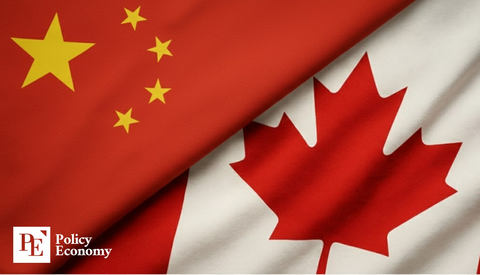
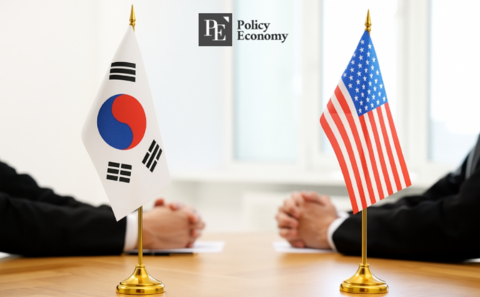
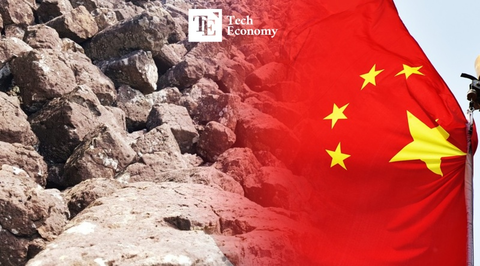
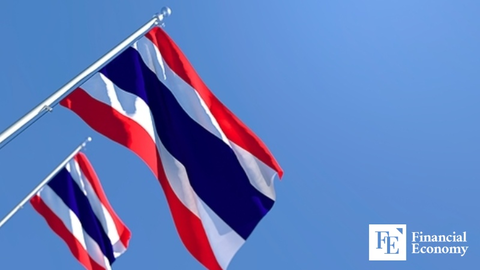














Comment